The Apotheosis of Aeneas (1615 – 1619)
The Apotheosis of Aeneas (1615 – 1619)
Couldn't load pickup availability
Share
Most people see "The Apotheosis of Aeneas" as a grand, mythological spectacle—an impressive display of gods and heroes caught in the drama of the divine. But those who truly appreciate Jacob Jordaens’ mastery recognize something deeper: this is not just a moment of ascension; it’s a moment of transformation, captured with a theatrical intensity that only a Flemish Baroque painter could deliver.
Jordaens, a contemporary of Rubens, infuses the scene with an energy that goes beyond mere narrative. His brushwork is bold, his figures monumental, their flesh luminous and almost tangible. The composition swirls with movement—Aeneas, the Trojan hero, is not merely lifted to the heavens; he is propelled by the will of fate itself. The gods, dynamic and commanding, orchestrate his rise with a vitality that makes the entire canvas feel alive.
Look closer, and you'll see how Jordaens plays with light, draping his figures in an ethereal glow that contrasts with the dramatic shadows. The warm, golden hues heighten the sense of divine favor, while the sheer physicality of the figures—muscular, expressive, utterly human—grounds the myth in reality. It’s this blend of the celestial and the corporeal that makes the piece so captivating.
This is a painting that doesn’t just depict a legend—it makes you feel its weight, its power, its inevitability. If you know, you know. And now, that quiet understanding can be part of your space.


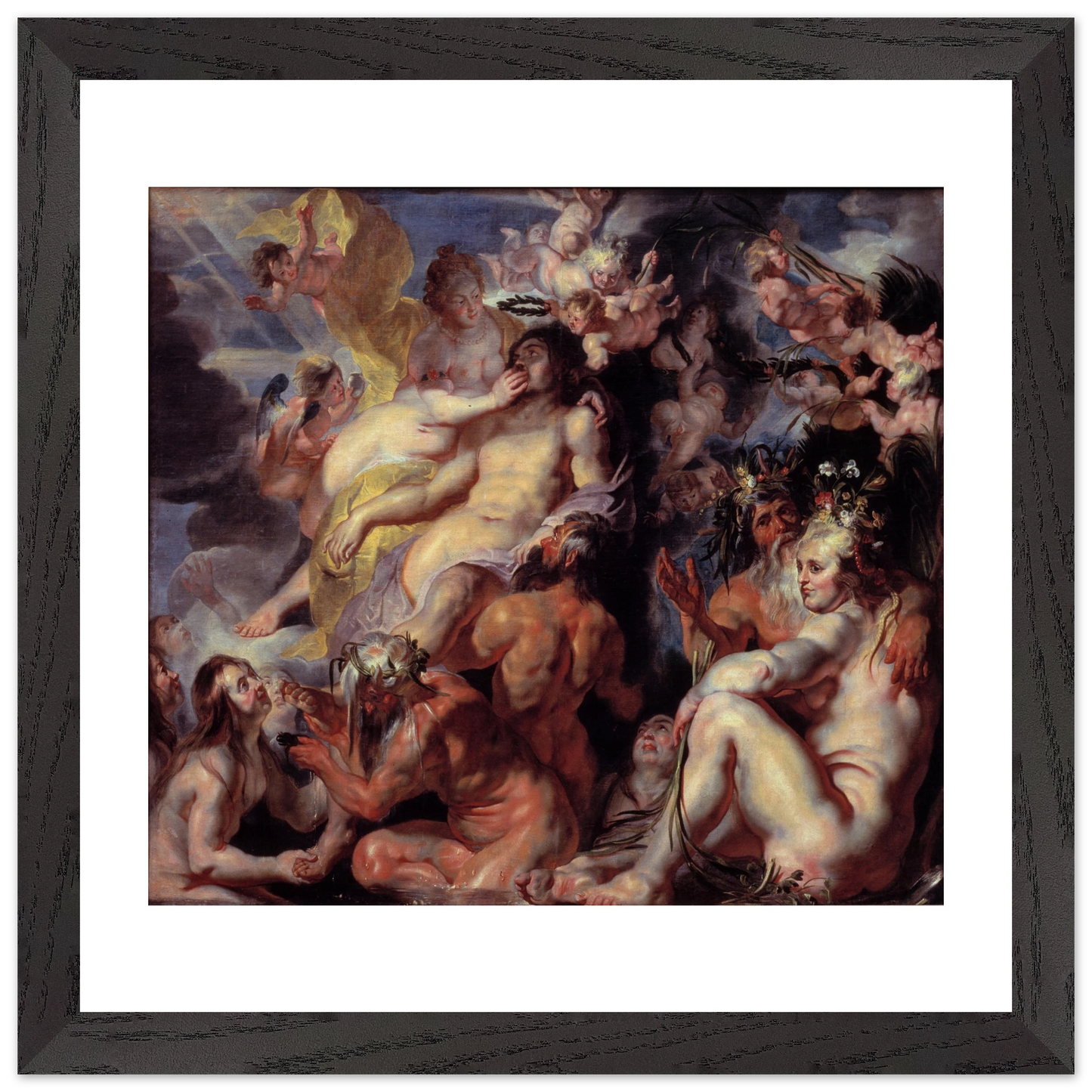
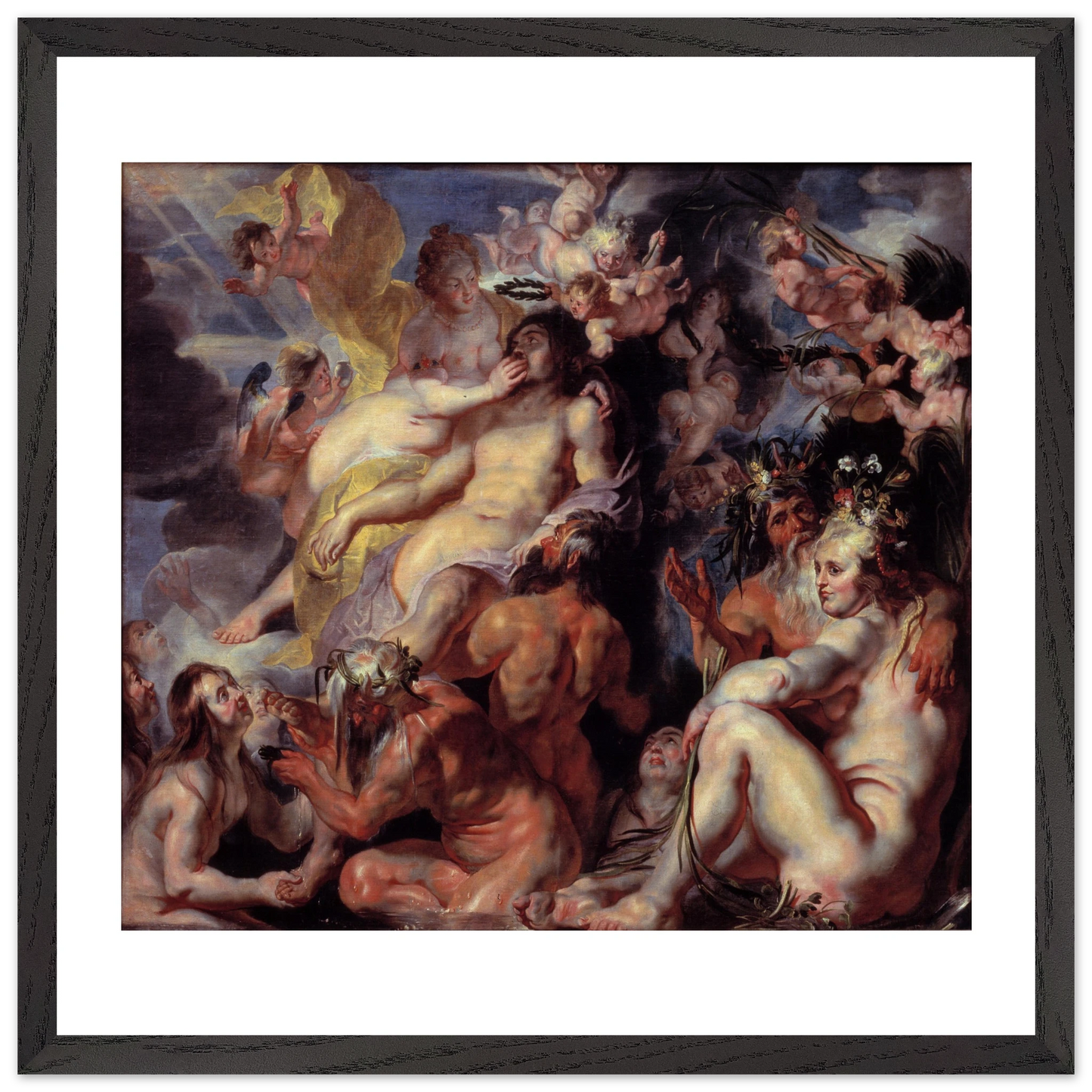
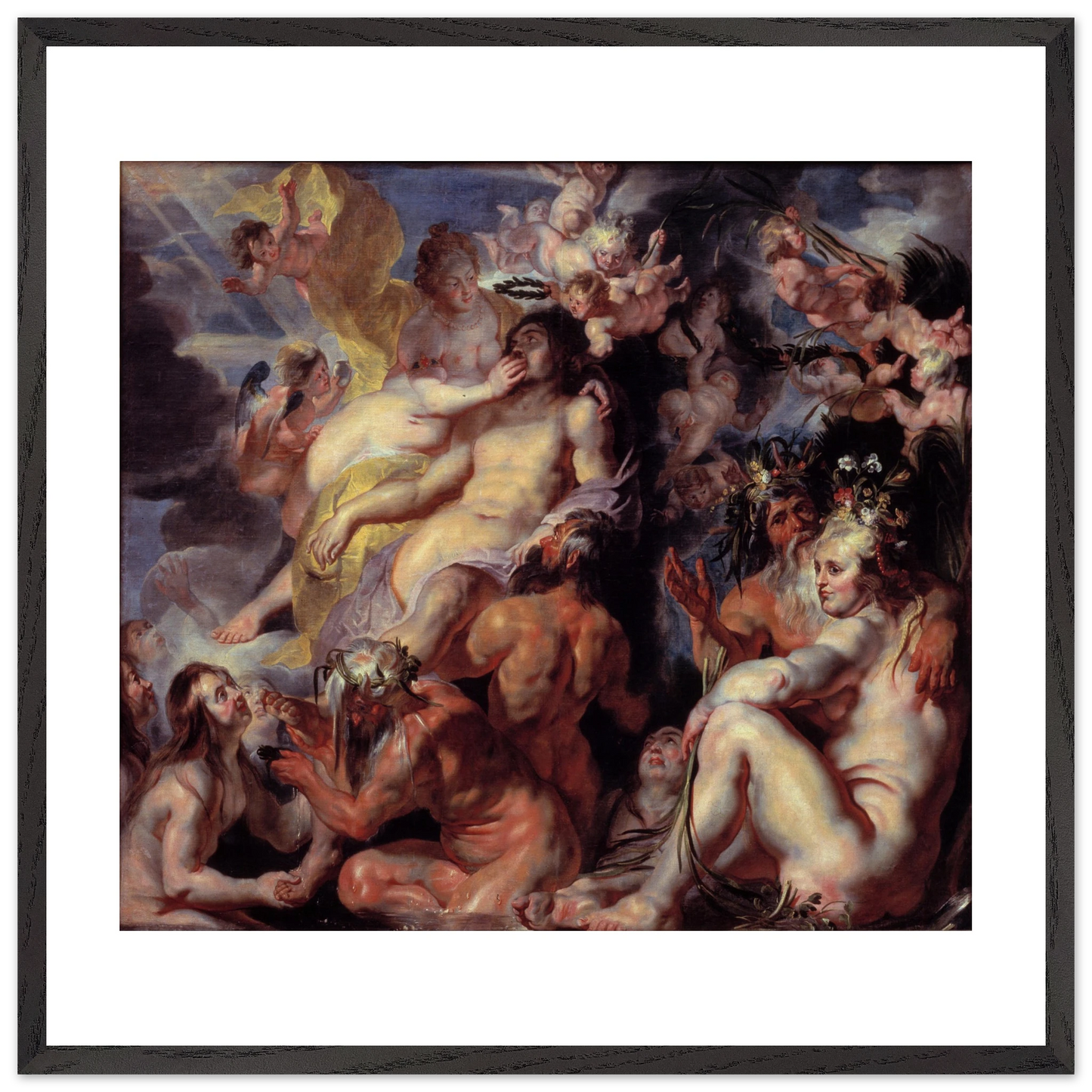
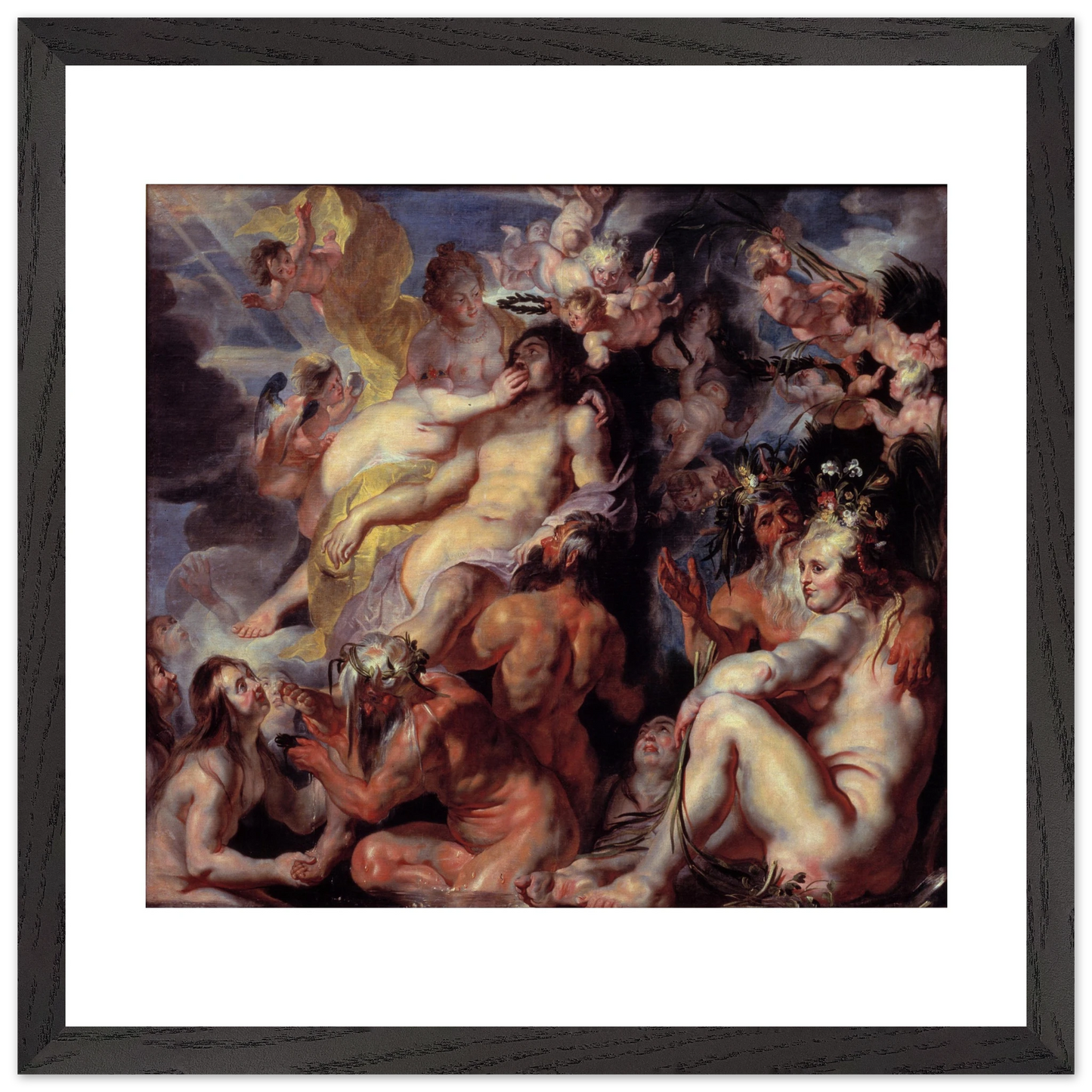
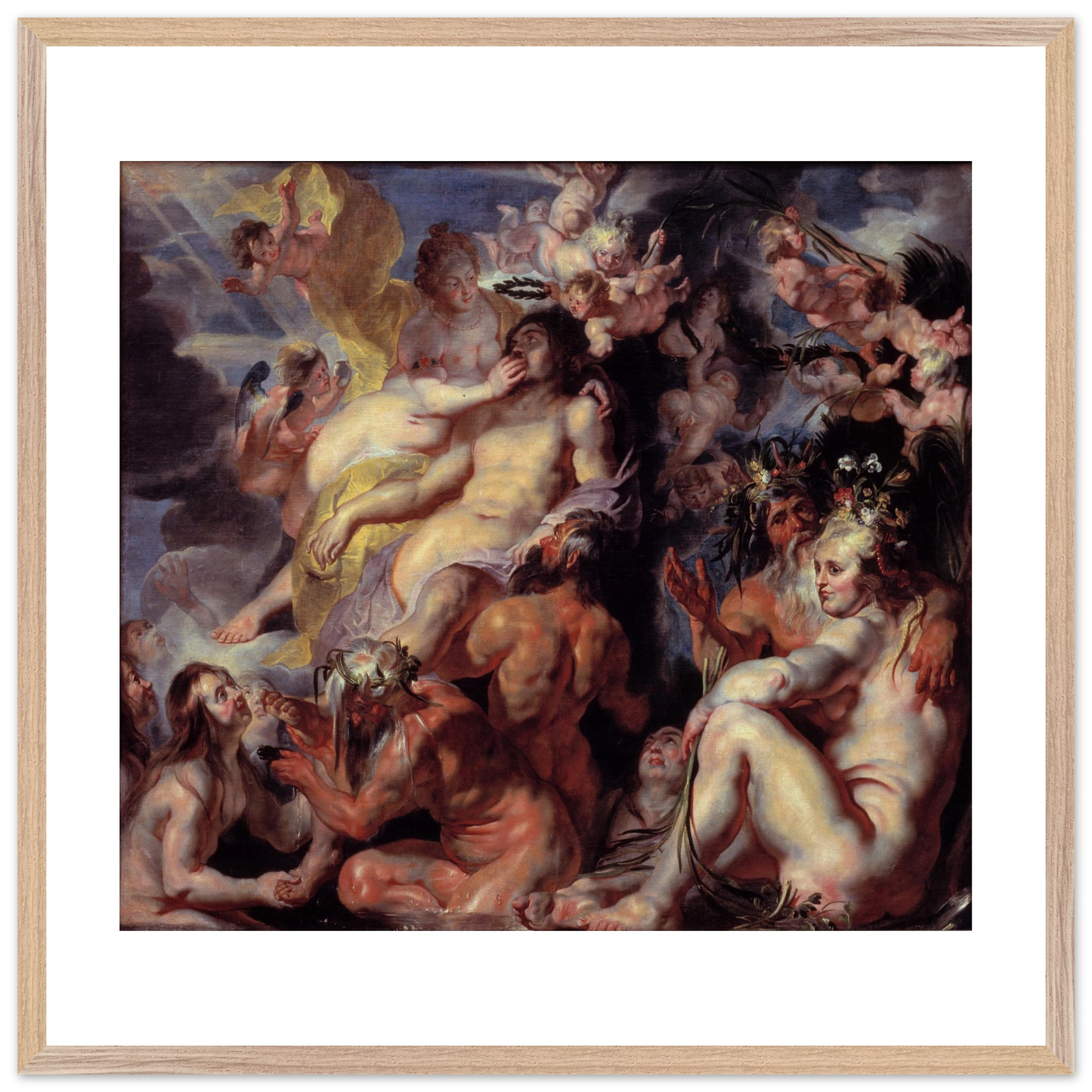
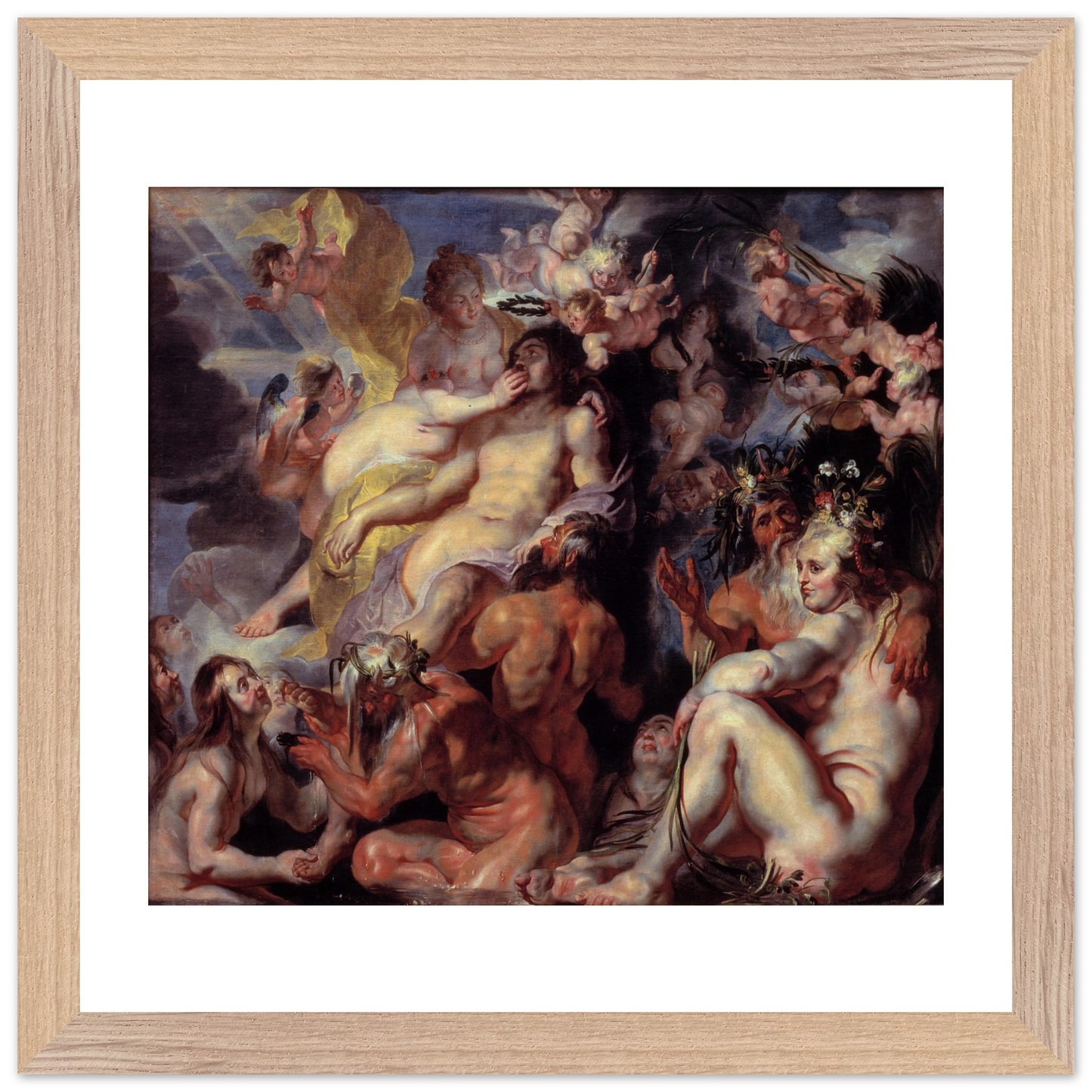
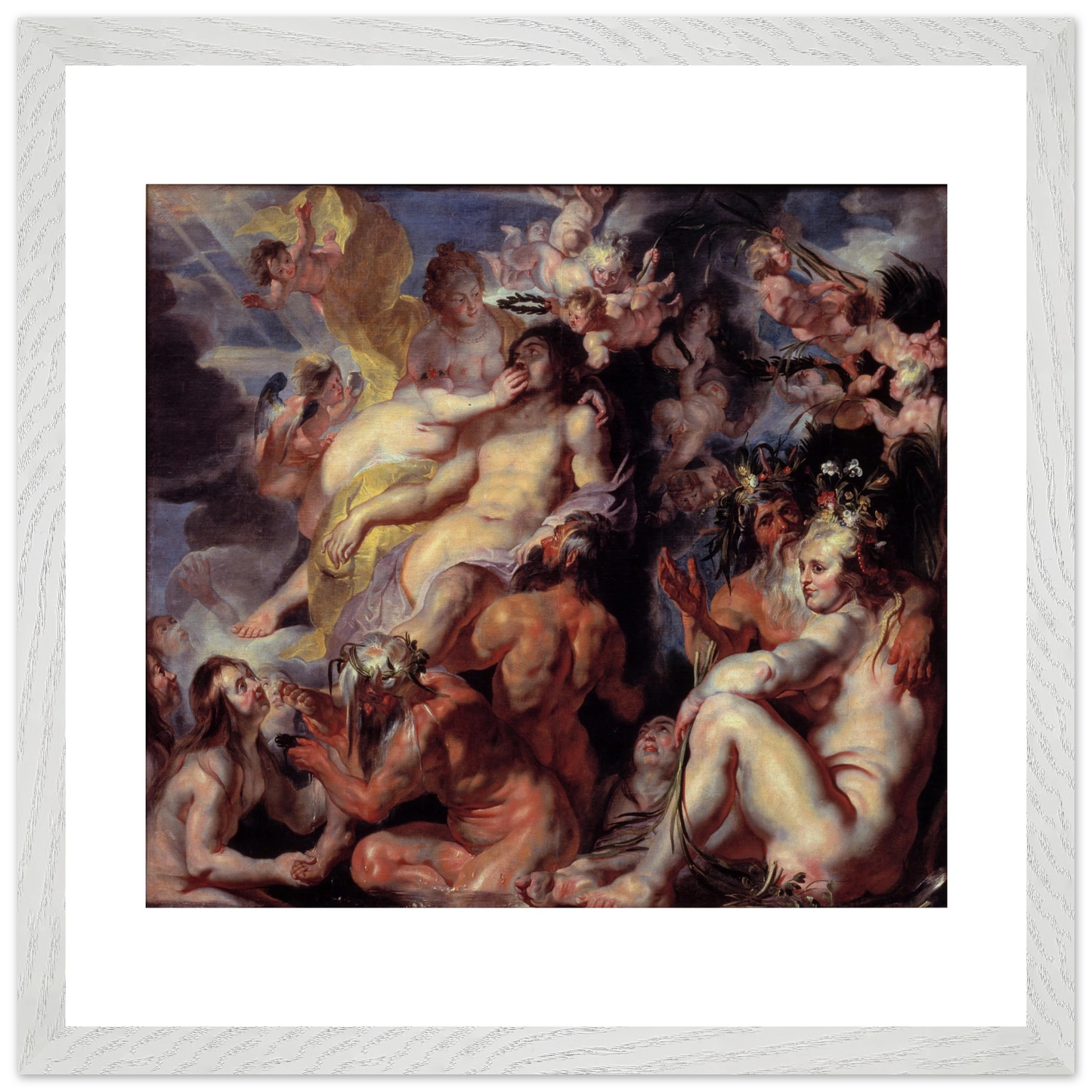
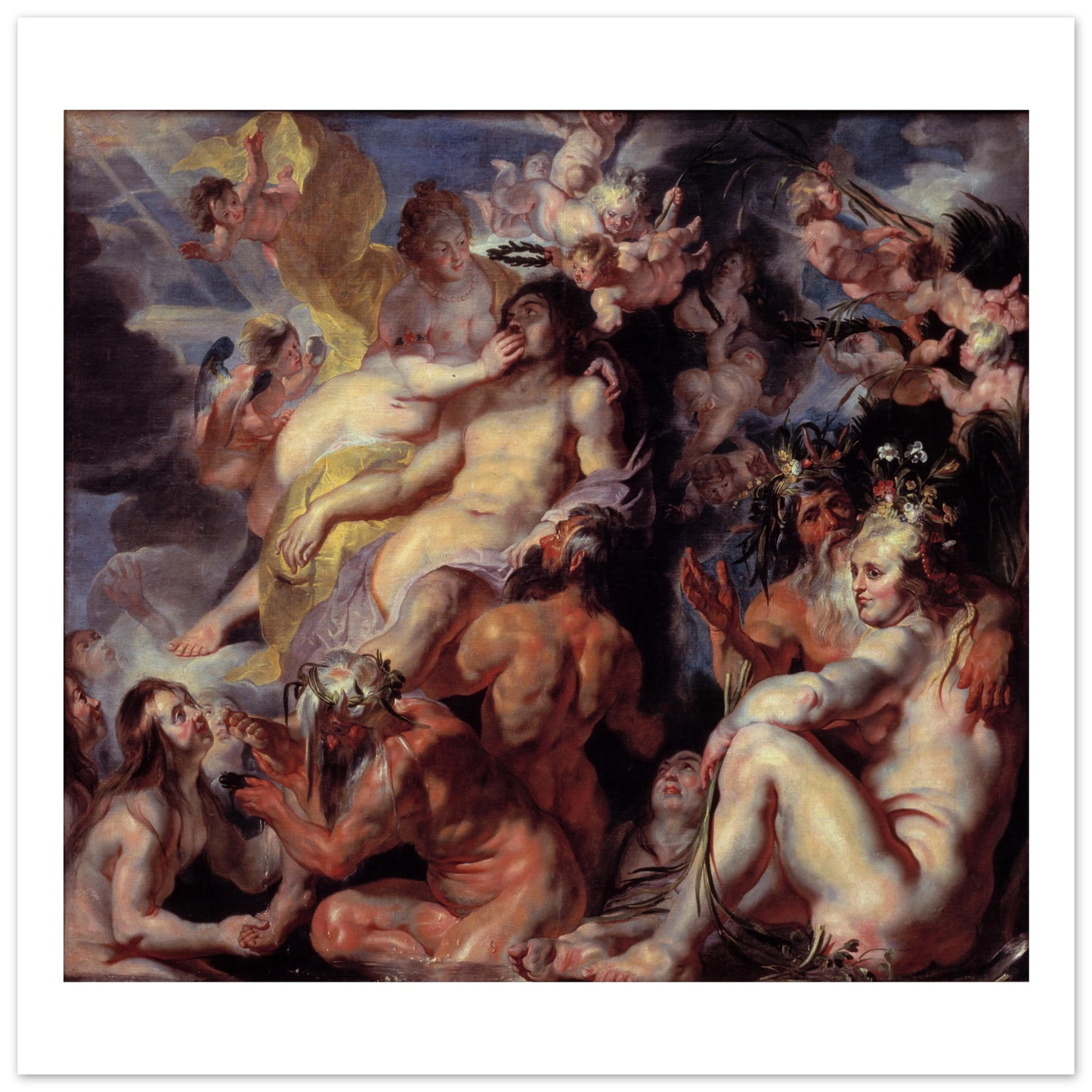
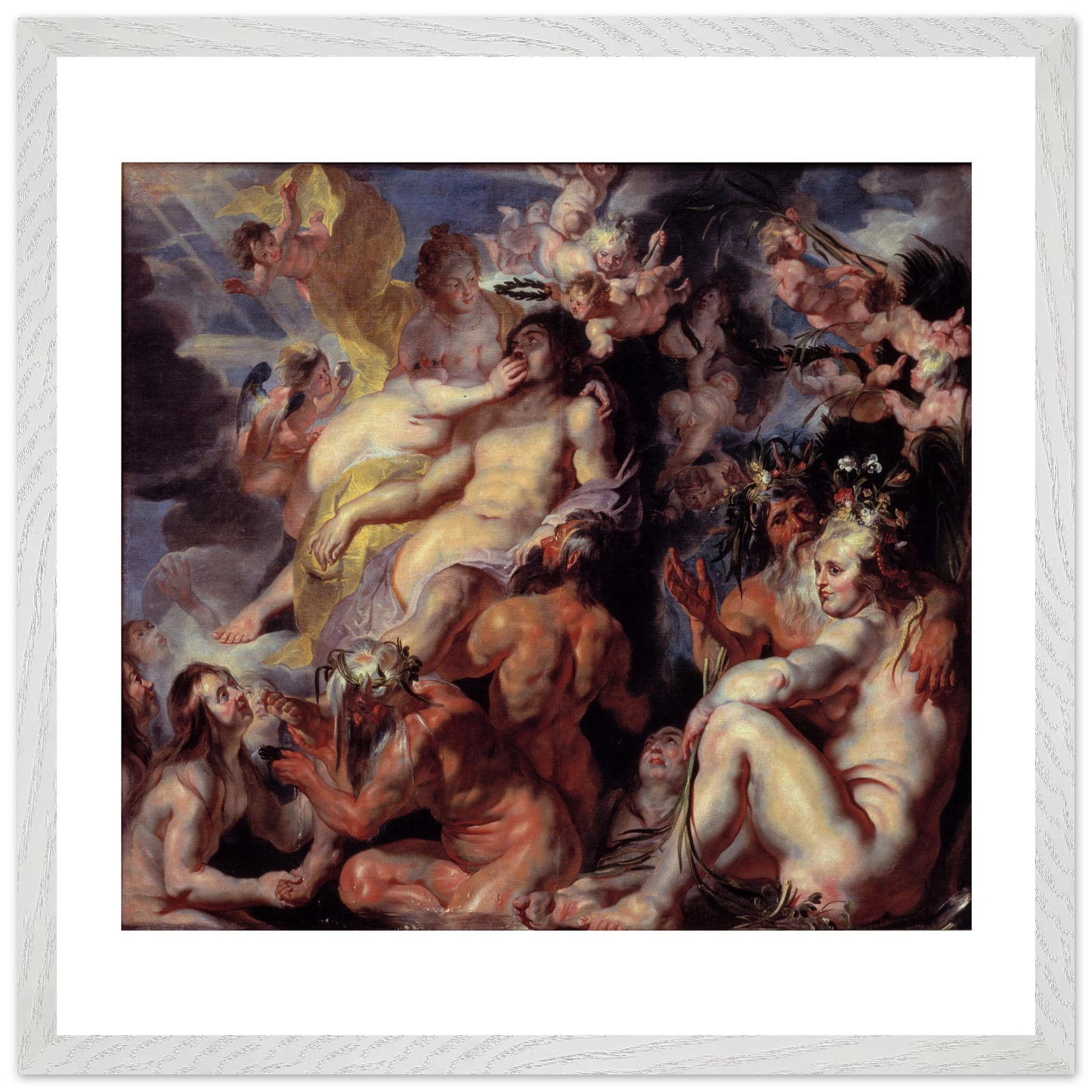
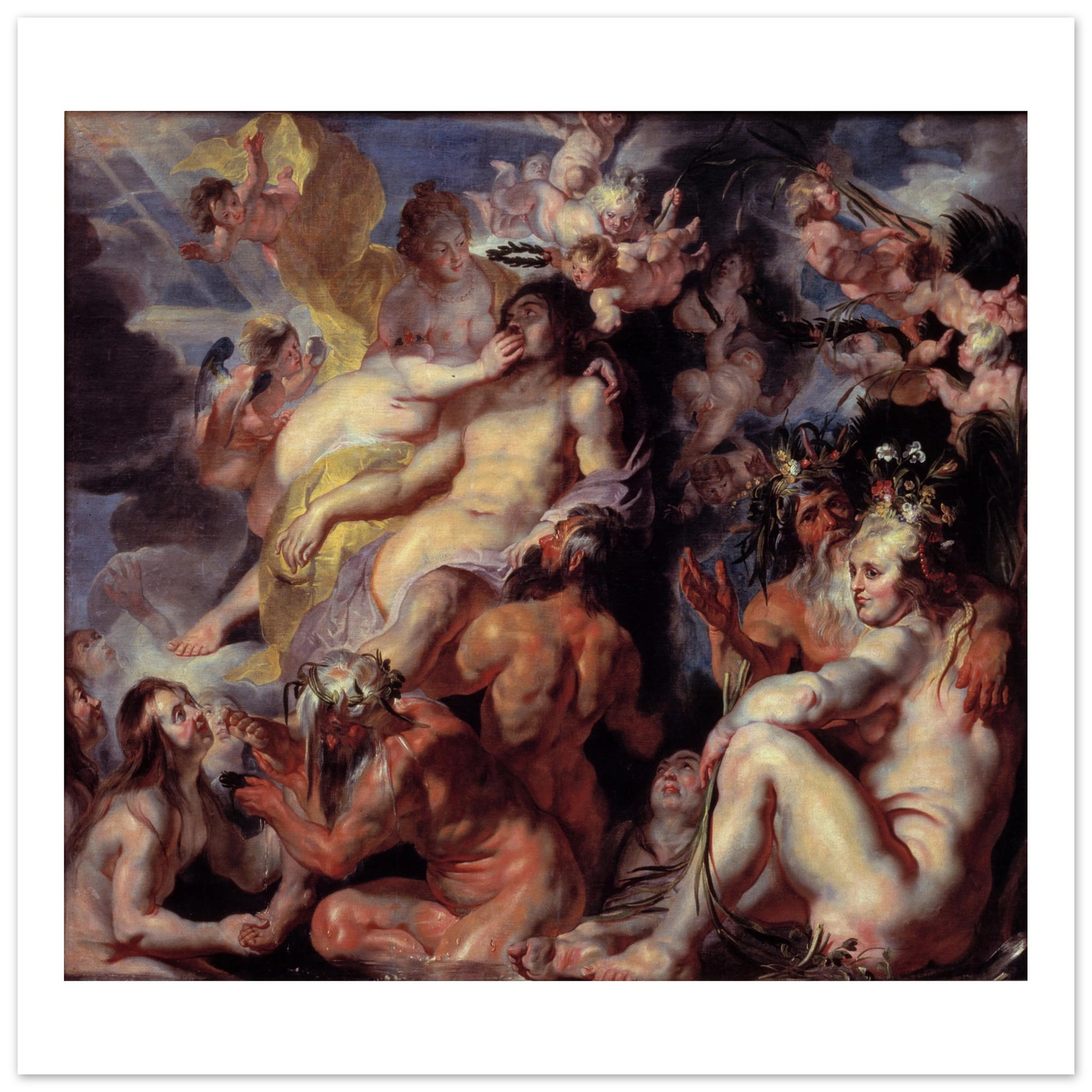
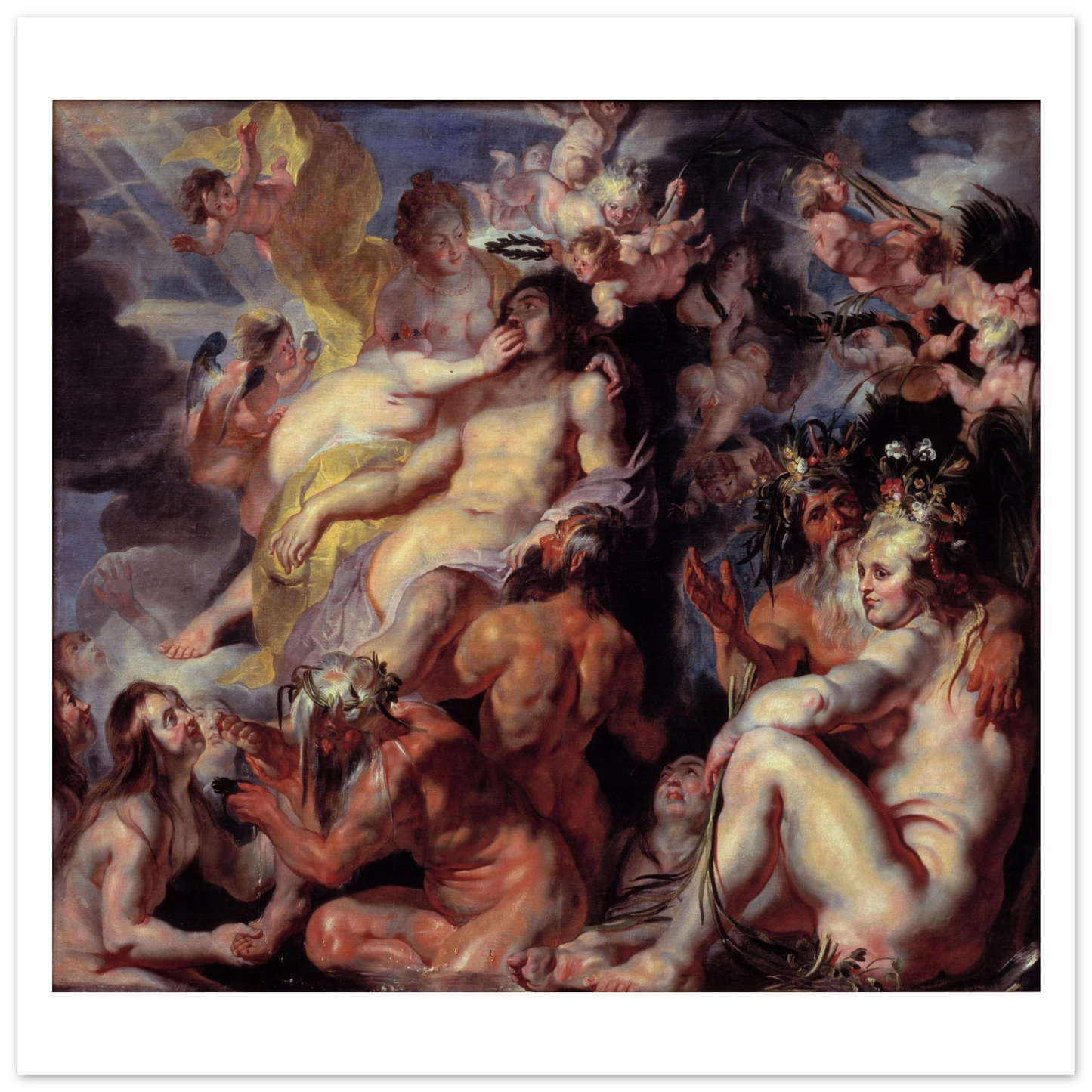

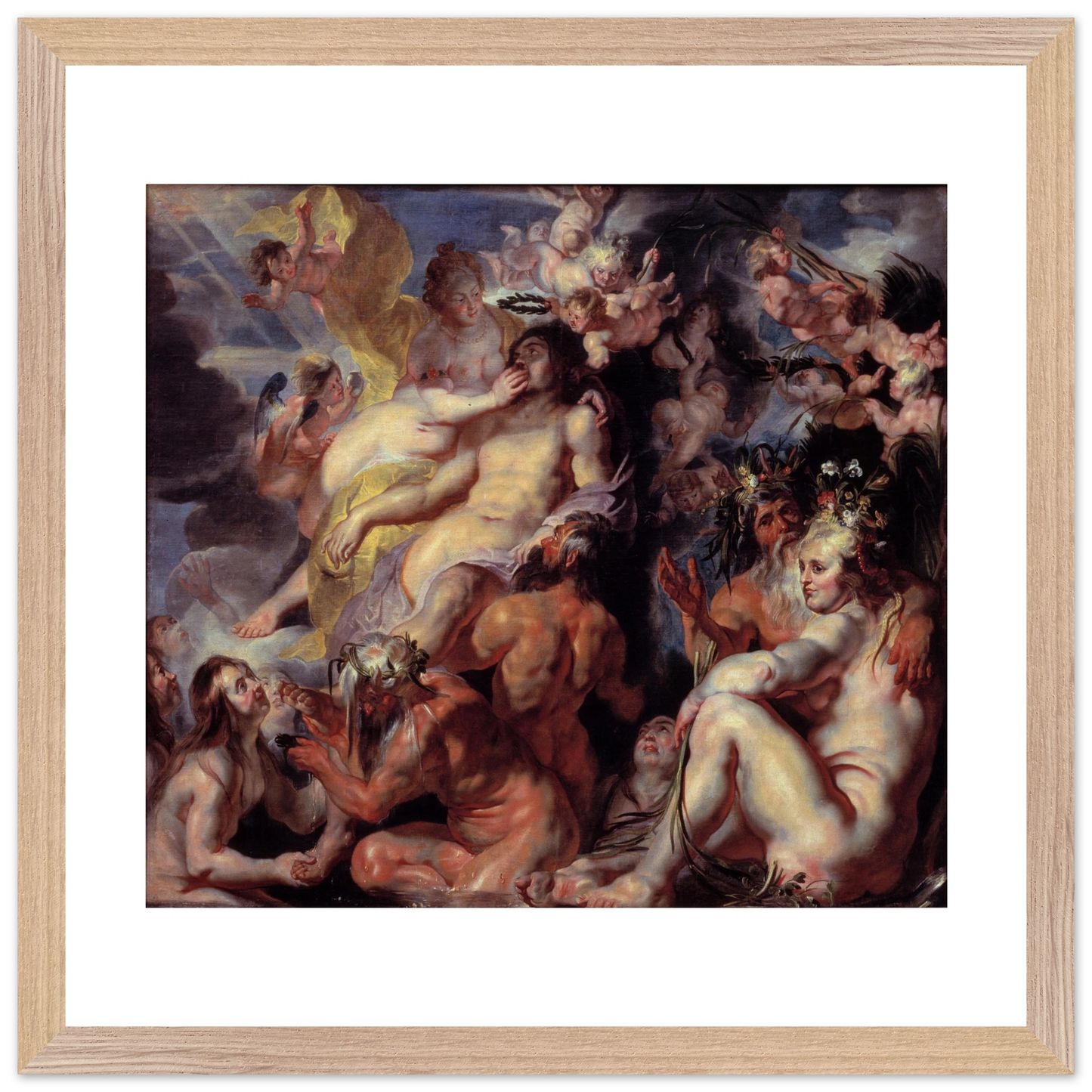
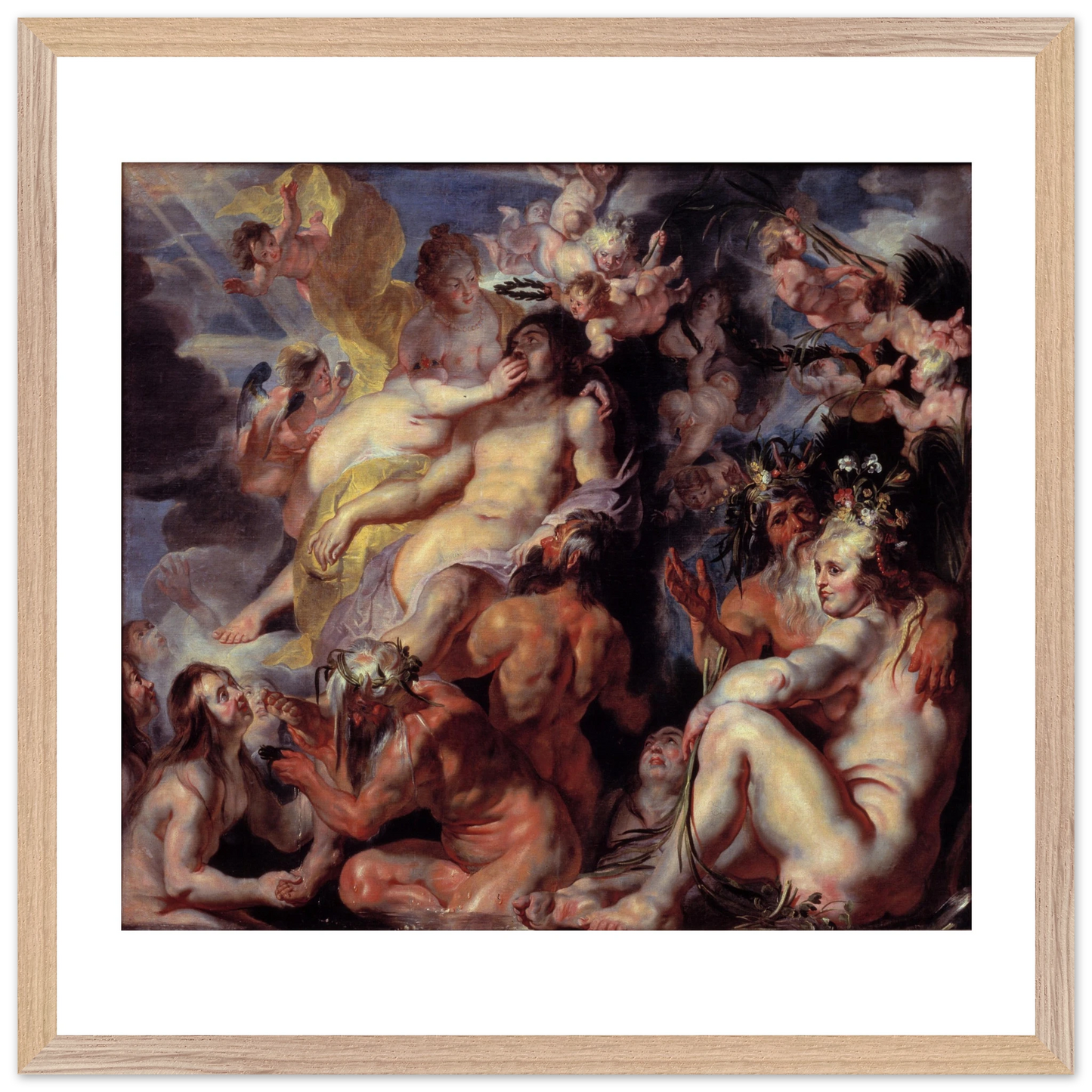
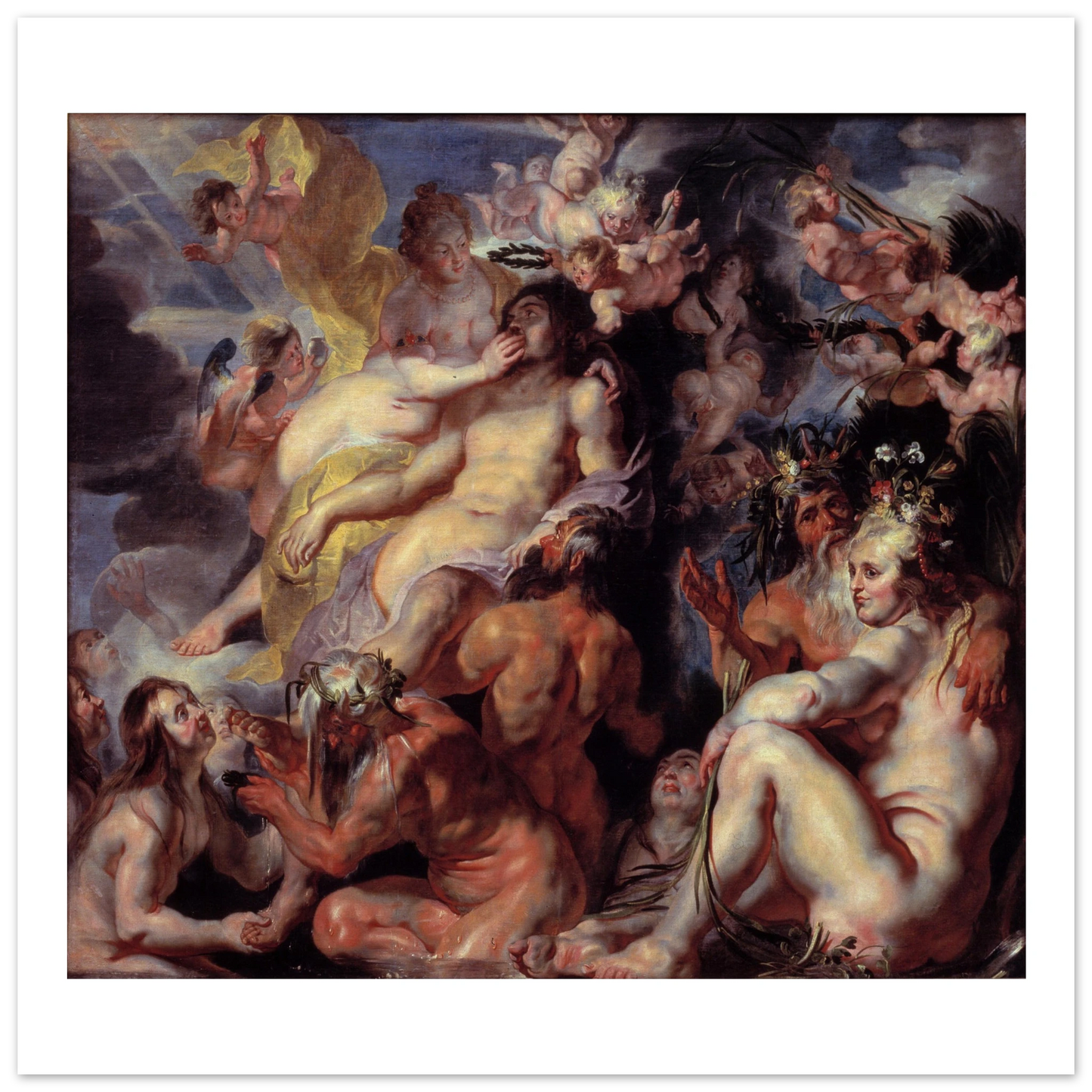
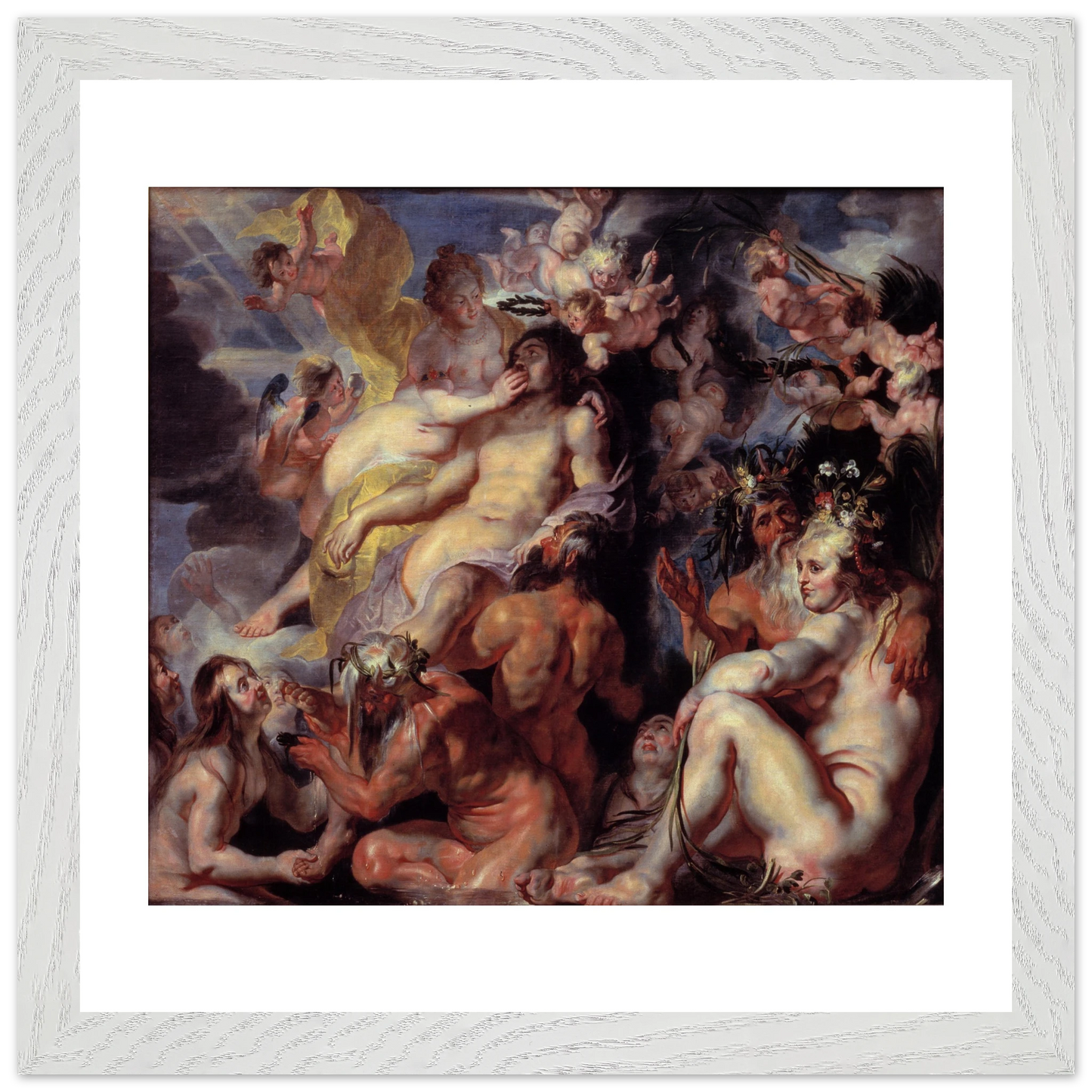
Fast, Trackable Delivery. Wherever You Are 🌍
Made & shipped from 9 global print hubs
Our smart routing system picks the closest production centre to you for speed and sustainability in UK, US, Canada, France, Germany, Netherlands, Norway, Spain, Sweden.
Quick-turn dispatch
Prints leave the studio in 1-3 business days, then typically arrive in:
UK: 3-4 days | US: 4-6 days
Canada: 5-6 days | EU: 3-5 days
Rest of world: ≈ 14 business days
Trusted carriers only
Royal Mail, DHL, UPS, FedEx, Parcelforce, PostNL, Asendia, EVRi, Posten & more—all fully trackable.



